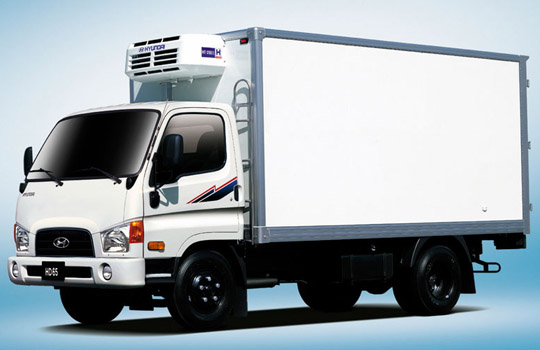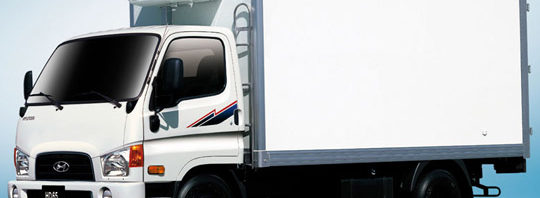 The diversification of the transport needs of the market makes, that the most commonly offered by manufacturers of delivery vans or box bodies is definitely not enough, to meet the demands of commercial vehicle buyers. Therefore, the number of vehicles is growing every year, for which the body is made by a specialized company.
The diversification of the transport needs of the market makes, that the most commonly offered by manufacturers of delivery vans or box bodies is definitely not enough, to meet the demands of commercial vehicle buyers. Therefore, the number of vehicles is growing every year, for which the body is made by a specialized company.
The number of such companies increases in direct proportion to the demand. There are two categories of "bodywork". The first is this, which offer the assembly of the body from ready-made elements, the so-called. "Kits", usually provided by recognized manufacturers. The second group consists of "bodybuilders" who build their products from scratch. They fulfill individual customer orders and produce serial products, modifying popular vans.
In most cases, refrigerated bodies are associated with a box-shaped container – refrigerator. However, it does not always have to be this way. Thanks to new technologies, heat-insulated vans are increasingly used.
The floor of the built-up vehicles is made of a polyurethane plate with a thickness of up to 80 Mm, covered with a grooved aluminum sheet. The side walls of the hold, up to a quarter of the height, are also covered with sheet metal, this prevents damage to the interior during machine loading. The side walls and the floor form a watertight container, which is clad with insulating panels made of foamed plastics, shaped in forms that closely reflect the shape of the body. The outer layer is made of thermoplastic ABS elements, material resistant to impact and low temperatures. These refrigerated buildings use technical devices, which facilitates the proper selection of the appropriate capacity of the aggregate to the size of the body being built.
Characteristic features of the units are compact design and aerodynamic shape, for mounting on the roof of the vehicle. Such a position does not significantly increase the height of the car and does not reduce the capacity of the refrigerated cargo space.
The growing popularity of refrigerated bodies is due to their operational features, such as:
♦ easy to keep the load compartment clean, thanks to the possibility of washing the holds with a pressurized water jet;
♦ low weight of buildings, which does not require the use of metal support frames, necessary on most container bodies;
♦ the possibility of adapting already used vehicles to the transport of frozen goods.
At the other extreme of interest of transport companies are "container" bodies, both in the van and heat-insulated versions. The higher center of gravity and the high floor of the hold are the most serious disadvantages of this structure. Large loading capacity, rectangular shape and simplicity in managing the cargo area are the advantages of such a solution. Box bodies built on a steel or aluminum skeleton are covered with sheet metal on the outside, most often aluminum. Insulated bodies can also be built up on the frame. If it is necessary to protect against thermal bridges, wooden frames are used.
Often, container bodies are self-supporting. Intermediate plates, enabling the installation of a thermally insulated body to the car, are made of aluminum or polyester. Insulating foam in the case of aluminum plates, at the same time acting as an adhesive, it is "injected" between two sheets of metal. When the outer walls are made of polyester, the sandwich panel is made by gluing the individual layers together (plate-insulator-plate). In particularly large structures, used in vehicles with a maximum permissible weight greater than 3,5 tony, the board can be additionally reinforced by placing thick plywood inside.
The thickness of the insulation used in the construction of isothermal bodies is 40 Mm, which ensures the achievement of the permeation coefficient of k = 0,7 W / m2K, in the case of cold stores, the thickness of the outer walls increases to 80 Mm (k = 0,4 W / m2K). The floors in these buildings are made of plywood and, depending on the intended use, covered with corrugated aluminum sheet. (van) or a layer of polyurethane foam and aluminum sheet (thermally insulated bodies). Inside, on the walls of the van, wooden strips are placed to protect the body from damage, which can cause an unsecured load or chaotically driven behind- and machine unloading; in thermally insulated bodies, such a role is played by aluminum strips.
